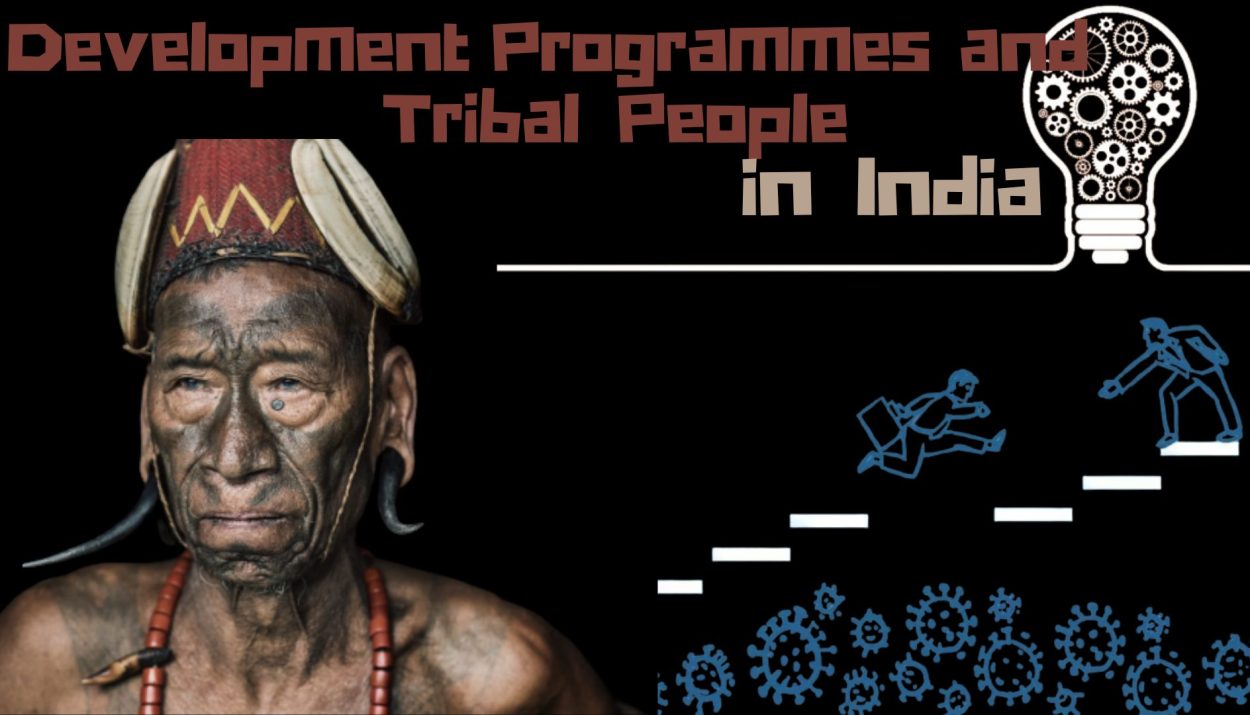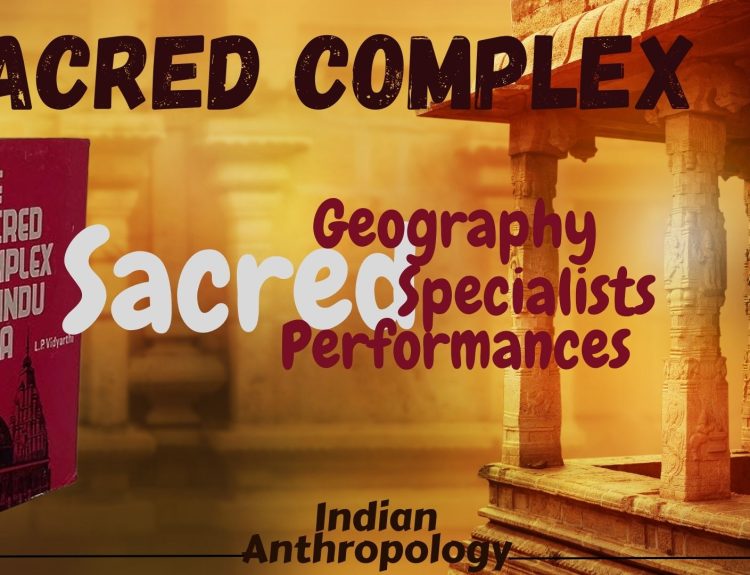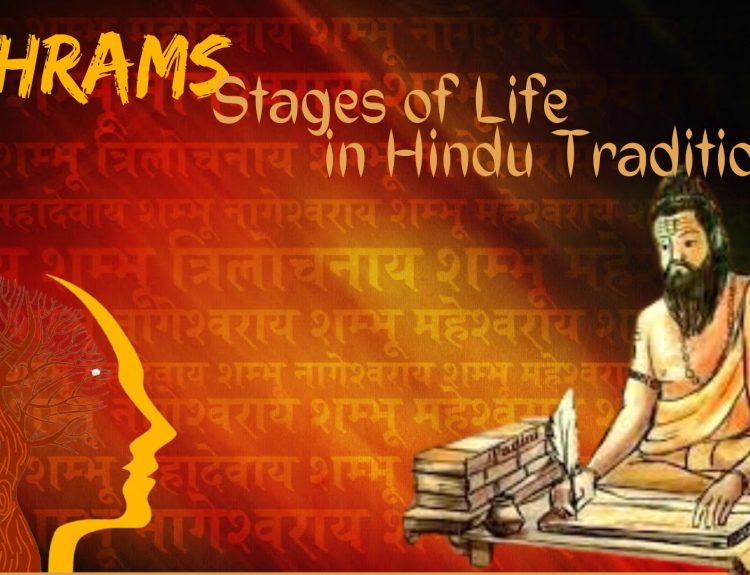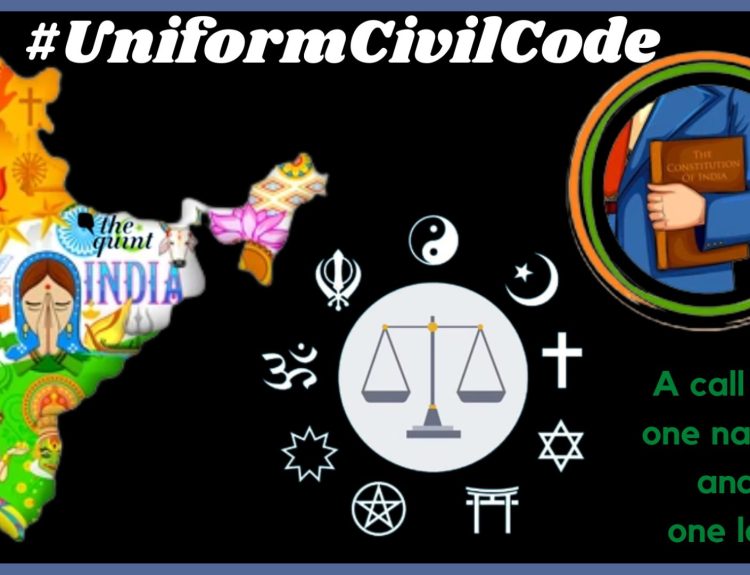Tribal communities are groups of people who have distinctive cultural, linguistic and social practices that differ from mainstream society. They have inhabited remote areas in India for generations, living in harmony with nature, and have a deep connection with their land and forests. The term “Adivasis” is commonly used to refer to these communities, indicating their status as indigenous or original inhabitants. This article will centre on the Development Programmes and Tribal people in India.
India has the world’s second-largest tribal population. According to the 2011 Census, the tribal population accounts for approximately 8.6% of India’s total population.
According to World Bank– “Indigenous peoples account for about 19% of the extremely poor and their life expectancy is up to 20 years lower than the life expectancy of non-indigenous people worldwide. They make up approximately 6% of the global population”.
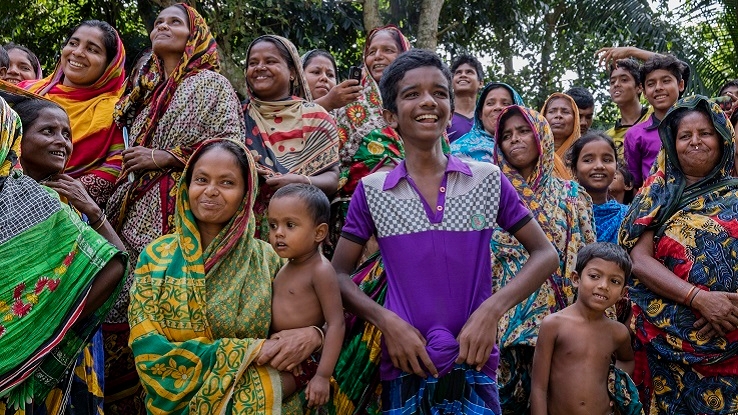
Historical Neglect and Marginalization of Tribal Communities
Tribal uprisings, such as the Khasi-Garo movement, Mizo movement, Bhil Uprising, Santhal Uprising, Munda Rebellion and others, form a crucial part of India’s history and its struggle for independence.
Despite being integral to India’s social fabric, tribal communities have been neglected and marginalized for decades. Their exclusion from mainstream society resulted in social, economic, and political marginalization. Lack of access to basic amenities such as healthcare, education, and sanitation has worsened their living conditions. They have also been subjected to forced displacement and exploitation of their resources, leading to a loss of identity, culture, and livelihoods.
Government Initiatives for the Development of Scheduled Tribes in India
- Article 342 of the Indian constitution: Scheduled Tribes
(1) The President may with respect to any State or Union territory, and where it is a State, after consultation with the Governor thereof, by public notification, specify the tribes or tribal communities or parts of or groups within tribes or tribal communities which shall for the purposes of this Constitution be deemed to be Scheduled Tribes in relation to that State or Union territory, as the case may be.
(2) Parliament may by law include in or exclude from the list of Scheduled Tribes specified in a notification issued under clause (1) any tribe or tribal community or part of or group within any tribe or tribal community, but save as aforesaid a notification issued under the said clause shall not be varied by any subsequent notification.
- In 1999, the Ministry of Tribal Affairs was established as a dedicated ministry to address the needs of these communities.
- The Constitution (89th Amendment) Act of 2003 led to the establishment of the National Commission for Scheduled Tribes (NCST), which aims to promote the economic growth of Scheduled Tribes in India.
- Some of the developmental programmes for tribal communities are as follows-
The Eklavya Model Residential Schools (EMRS) have been established to offer high-quality education to ST students (Classes VI-XII) residing in remote regions via residential schooling provisions. Several scholarship and fellowship programs are currently in operation to offer financial aid to tribal communities.
The Tribal Cooperative Marketing Development Federation of India (TRIFED) aids in the promotion of retail marketing to enhance the livelihoods of tribal communities across India. The Tribal Research Institute (TRI) scheme is currently operational.
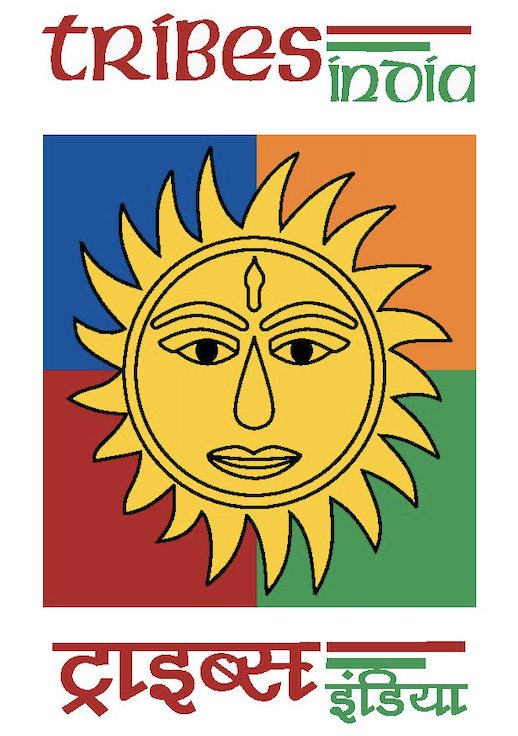
The Indian government has launched various developmental programs for tribal communities such as the Tribal Sub Plan (TSP), Integrated Tribal Development Program (ITDP), and Special Central Assistance to Tribal Sub Plan (SCA to TSP). These programs aim to improve the living conditions of tribal communities by providing them with access to basic amenities and promoting their socioeconomic development.
Positive Effects of Developmental Programmes
Developmental programmes aim to bridge the gap between mainstream society and tribal communities by addressing their social, economic, and political needs. Development programmes play a crucial role in elevating tribal communities from poverty and their traditional habitats, while simultaneously boosting the overall productivity of the economy. Technology is often viewed as a vital tool in enhancing living standards and improving the quality of life. Additionally, economic growth aids in combating fatal diseases such as dengue.
Read- Artistic Significance of Tattoos among Tribals
The developmental programmes have had a positive impact on the lives of tribal communities. The provision of basic amenities such as health care, education, and sanitation has improved their living conditions. Access to electricity and water has also increased. The promotion of traditional handicrafts and other cottage industries has provided them with livelihood opportunities. The implementation of the Forest Rights Act has also helped in recognizing their rights over forest resources.
Challenges and Criticisms of Developmental Programmes
Although developmental initiatives have yielded favourable outcomes, they have also encountered obstacles and objections. One common criticism is that such programmes have led to the displacement of indigenous populations. Development often results in the exploitation of natural resources from the ecologically vulnerable regions inhabited by tribal communities.
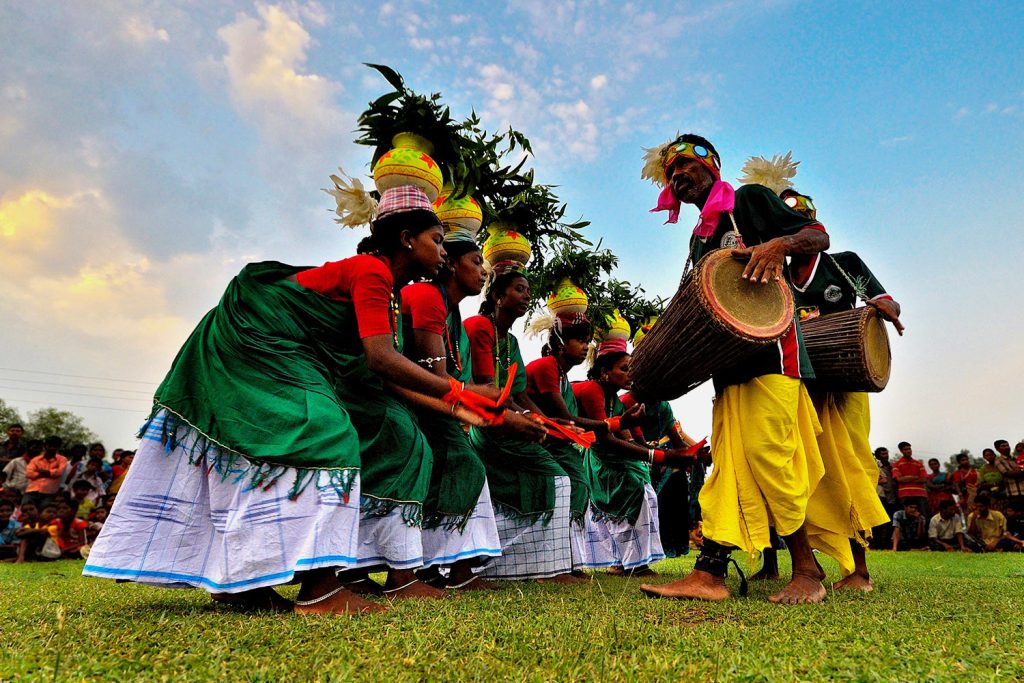
Tribal communities are being coerced into assimilating into mainstream society, resulting in the loss of their distinctive cultural characteristics and the endangerment of their habitat. Consequently, the tribes have become increasingly dissatisfied, leading to tribal uprisings against the government. The central Indian tribal belt is characterized by a dense concentration of industrial and mining operations. However, despite the prevalence of such activities, there is a lack of tribal representation in modern industries.
The implementation of these programmes has been marred by corruption, bureaucracy, and lack of political will. The top-down approach to development has also been criticized for not taking into account the cultural and social practices of tribal communities. The focus on economic growth has often come at the cost of environmental degradation and the loss of traditional knowledge and practices.
Way Forward
The developmental programmes have been successful in improving the lives of tribal communities, but there is still a long way to go. The implementation of these programmes needs to be more effective, transparent, and participatory. There should be a focus on bottom-up approaches that take into account the cultural and social practices of tribal communities. They should be allowed to participate in discussions surrounding their growth and progress.
However, do you believe that a universal approach is suitable for all circumstances? Is such development truly advantageous for indigenous communities worldwide? How does it apply to self-sustaining societies or those with distinctive cultural identities? I would appreciate your thoughts on this matter.
Thank you for taking the time to read this.
References
National Commission For Scheduled Tribes
Indigenous Peoples- World Bank
Honouring and Empowering the Adivasis of India- PIB
SOCIO-ECONOMIC DEVELOPMENT OF SCHEDULED TRIBES


